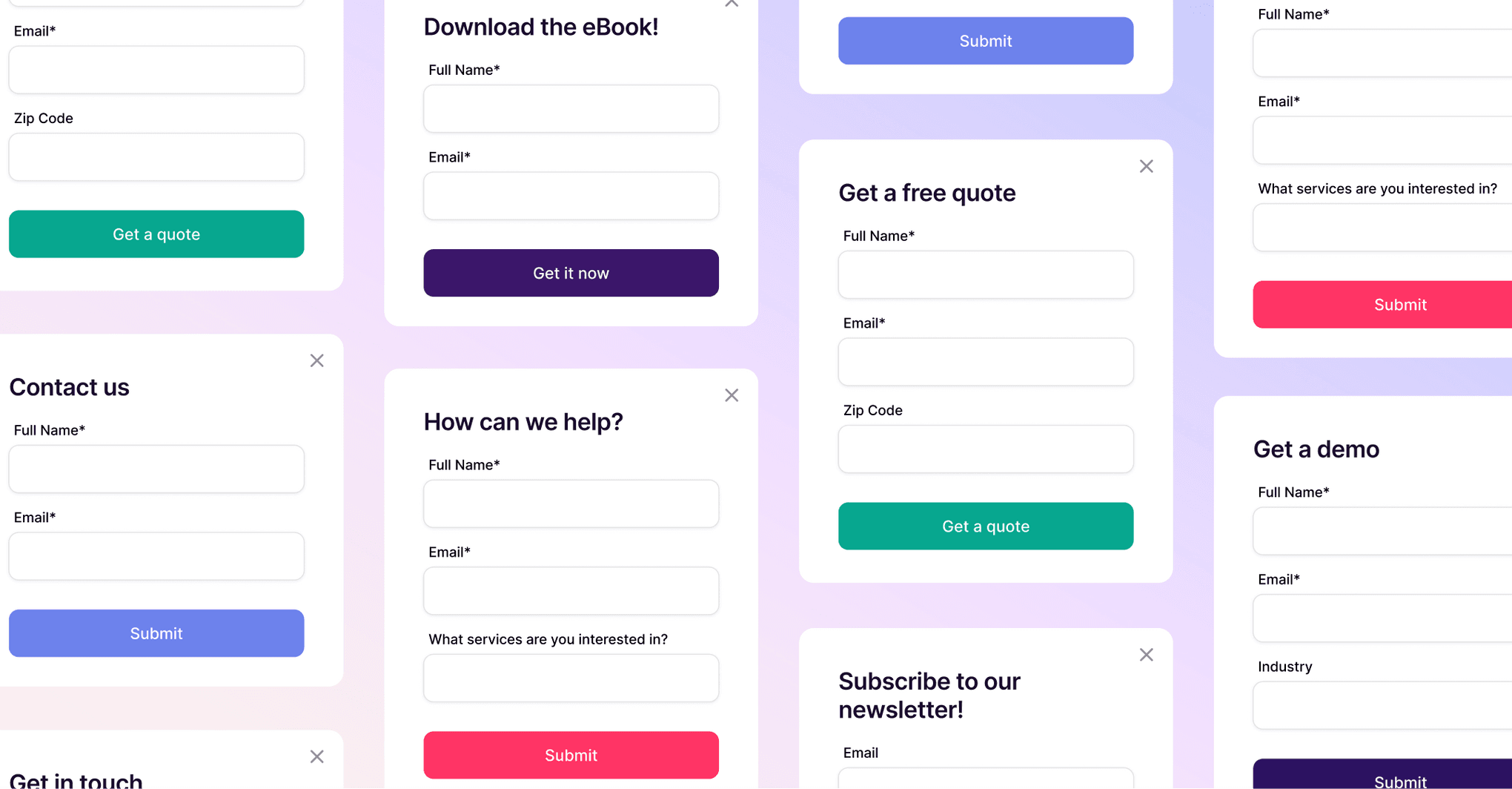Jemicah Marasigan
Content Marketing Manager
Let’s stop lying to ourselves.
No one — and we mean no one — should be wining and dining clients, building strategy decks, rescheduling dev handoffs, chasing approvals, proofreading the deck again, fixing the Google Meets link, explaining scope creep to legal, calming down a nervous designer, ordering lunch for the pitch meeting, and firing off 14 “just circling back” emails… all before lunch.
(If that’s your Tuesday, please hydrate.)
The whole wearing “multiple hats” thing? It sounds scrappy and admirable, until you start stitching entire roles together like some corporate Frankenstein.
First it was the designer who also codes. Then the strategist who runs ops. Now? The latest monster we’ve seen: the Account Manager (AM) and Project Manager (PM) hybrid.
Yes, one person expected to manage relationships and timelines. Handle strategy and execution. Balance client happiness and deliverables. All at once.
But no, it’s not streamlining. It’s overloading. And it doesn’t work in the long run.
The hybrid hero myth: It’s cute in theory, crushing in reality
On paper, “dual-role” sounds efficient. Fewer salaries, tighter handoffs, fewer meetings.
But in reality? You’re asking one human to carry the emotional weight of client management and the operational load of project delivery. That’s not efficiency.
That’s burnout with a calendar invite.
Account Managers and Project Managers are wired differently for a reason.
Account Managers are all about customer relationships and possibilities. They’re tuned into client goals, spotting growth opportunities, and setting the vision in motion.
Project Managers are calm in the storm. Focused on timelines, tasks, and team flow, they make sure the work actually gets done — and done right.
Both are crucial. But ask one person to do both roles across multiple accounts, and guess what? You don’t get two jobs done well — you get two jobs half-done.
Clients notice and not in a good way
Here’s the thing: when you combine the Account Manager and Project Manager roles, things start to slip — and your clients can feel it.
Maybe the kickoff was strong. Everyone’s aligned, excited, ready to go. Then suddenly… something shifts. Follow-ups slow down, strategy convos feel rushed, then you’re stuck sending “just circling back” emails instead of driving real momentum.
It’s not because your AM/PM isn’t trying. They’re doing everything. But no one can wear both hats forever without dropping one.
Take onboarding, for example. It’s structured: There’s a checklist, a process, a clear flow. But ongoing relationship management? That’s a bit more complex. It’s about reading between the lines, building trust, and staying a step ahead.
When one person is expected to do both? That’s when things start to unravel.
Think of it like this:
Would you ask your sales team to also implement the thing they just sold?
Would you expect your engineer to write your Instagram captions?
Would you hire one person to design and build your physical product? (Okay, some unicorns exist — but they’re rare and usually already booked six months out.)
You wouldn’t. Because you know each of those roles delivers a different kind of value. One builds relationships. One builds results. And asking one person to do both doesn’t make things faster, it makes things fuzzy.
When AMs are buried in timelines and chasing approvals, they can’t be present in strategy conversations. And when PMs are forced to lead client check-ins without the full picture, it shows.
Here’s what starts to happen:
Clients feel like something’s off, even if they don’t say it.
Long-term goals get lost in short-term chaos.
That shiny, new-client excitement starts to wear off a little too fast.
It’s not a talent problem. It’s a setup problem. And if you don’t fix it, you’re not just risking delivery delays, you’re risking the relationship, too.
What actually works (and what doesn’t)
Trying to save time or budget by merging the AM and PM role might feel efficient but in reality, it slows everything down. Clients get mixed signals. Team members get overwhelmed. And projects start to slip through the cracks.
What works? A clear split because you need both perspectives in the room:
The Account Manager asks, “Are we aligned with the client’s goals?”
The Project Manager asks, “Are we on track to deliver what we promised?”
With this approach:
AMs aren’t dragged into production fire drills they can’t fix
PMs aren’t leading client calls they haven’t been briefed on
No one’s stuck pretending everything’s fine while quietly drowning
When everyone knows their lane, the whole team moves faster and the client feels it.
Get the latest from our blog every month
So… what now? (Especially if this is hitting a little too close to home)
If you’re reading this and realizing, oh no, we’ve definitely Frankensteined this role, you’re not alone. A lot of teams end up here by accident.
It starts small: a little role creep, a quick gap-fill, someone “just jumping in to help.” Before you know it, one person’s carrying an entire client relationship and the entire delivery plan.
Here’s how to start untangling it.
If you’re a leader:
Define the roles. Clearly. In writing. No more vague “client success-ish” titles. Spell out who owns what, and make sure the scope makes sense.
Hire for strengths, not shortcuts. If someone needs to wear both hats temporarily, be real about what’s possible — and set them up with tools and support.
Give your hybrids backup. A hybrid role can work on a small team, but only if it’s scoped realistically and backed by coaching, structure, and actual breathing room.
Check in like you mean it. Don’t just ask how things are going in a rushed standup. Make space for honest conversations about workload, clarity, and burnout.
Hire for strengths, not survival. Need someone to wear both hats for now? Cool, just be honest about it. Scope the workload properly. Give them tools to automate the repetitive stuff (hello, Copper). And check in before they hit a wall.
If you’re in the hybrid role:
Own the fact that you’re doing a lot. Seriously, don’t downplay it. Speak up about what’s working and what’s falling through the cracks.
Document everything. What you’re covering. What you’re dropping. What you need. It’s easier to advocate for support when you have receipts.
Use your tools. Lean into platforms that keep things organized. Use email automations for follow-ups (and it’s even easier to do with Copper’s Pipeline email automations).Mention teammates directly in tasks and notes to make collaboration smoother.
Find your people. Whether it’s a PM, strategist, or someone in ops, don’t do it all alone. Loop folks in and share the load where you can.
Protect your brainspace. Block time to think. Say no when needed. Your role matters, but so does your mental clarity.
Split the roles and sync the work
You don’t need to merge roles to stay efficient. What you need is structure, clear responsibilities, and a shared system that keeps everyone on the same page.
When Account Managers and Project Managers have visibility into each other’s work without constantly checking in or duplicating effort, the entire process becomes smoother.
This is where a client and project management platform, like Copper, makes a real difference.
Platforms like Copper are designed to support collaboration across roles, giving everyone access to the same up-to-date information.
With Copper, Account Managers can:
Track client conversations and notes without digging through inboxes
Use email automations to send timely follow-ups and keep relationships warm
Tag their PMs in notes or tasks when something needs attention
Keep an eye on timelines and pipeline progress without chasing updates
At the same time, Project Managers can:
Build out pipelines, assign tasks, and manage workloads in the same system
Get looped in through mentions, notes, and shared context without needing the extra back-and-forth
Instantly access client goals, contact info, and past convos
Stay on track without needing to ping the AM every five minutes
Everything lives in one place, so teams spend less time chasing updates and more time doing great work.
Let’s move on from the hybrid hero myth
The idea that one person can manage client relationships, timelines, deliverables, and team dynamics might sound efficient — but in reality, it’s a recipe for burnout, missed details, and strained client trust.
You don’t need a superhero. You need a team that’s set up to succeed.
When roles are clearly defined and supported by the right systems, your Account Managers can lead with confidence, your Project Managers can execute with precision, and your clients can feel the difference. That’s how great work gets done and how teams grow sustainably.
Ready to make it work without making someone wear all the hats?
Try Copper today for 14 days free and give your team the tools they need to stay aligned, stay focused, and stay on track.






